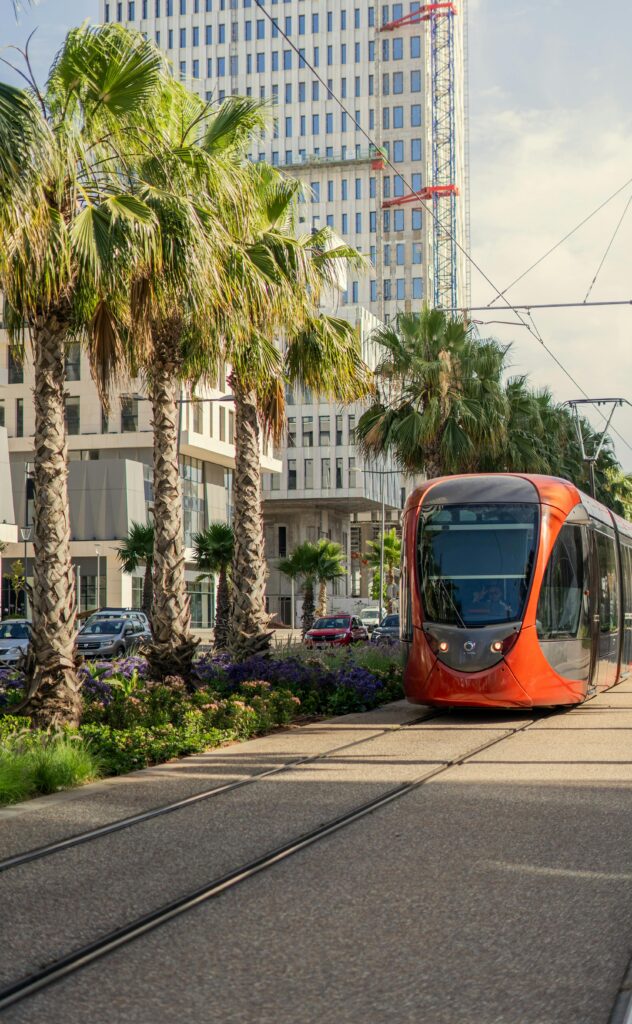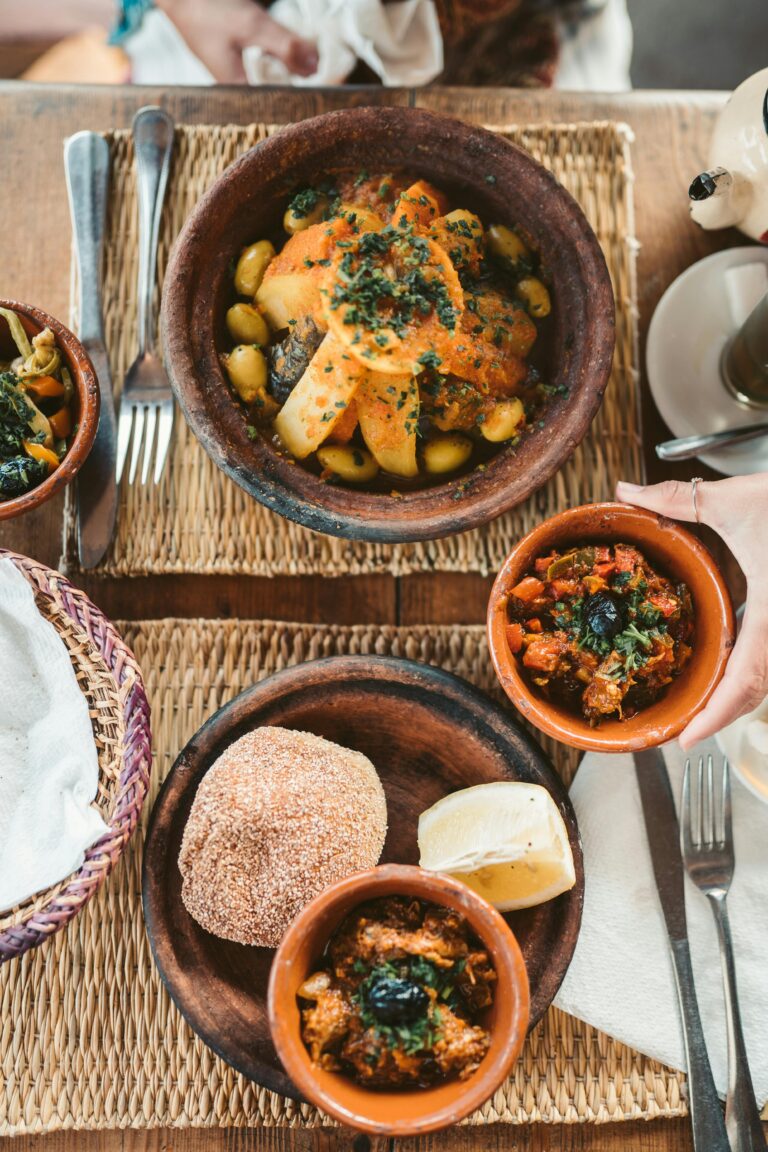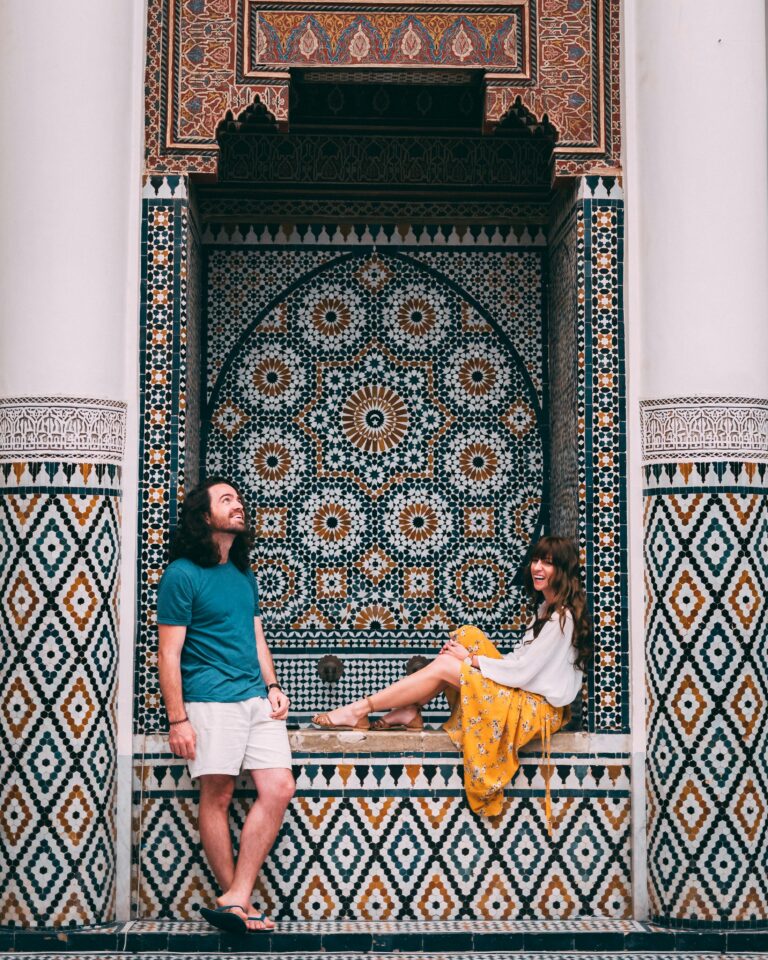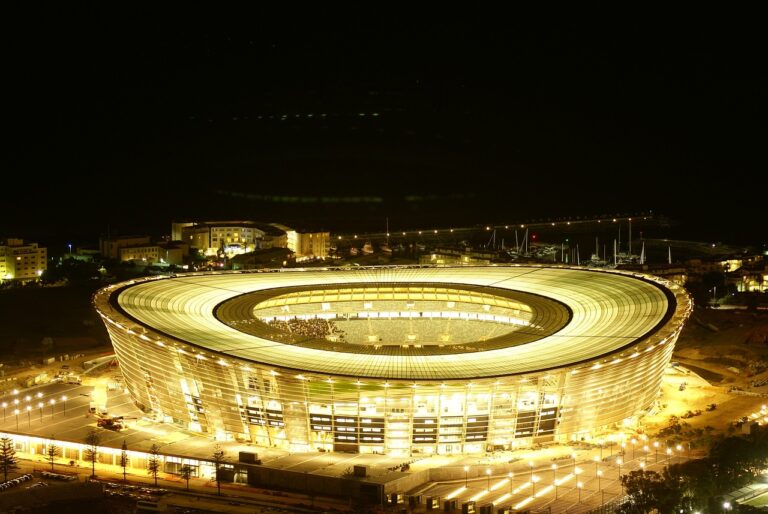
Discover with Travel Casita Morocco.
Morocco, with its stunning landscapes, vibrant culture, and rich history, represents a unique confluence of the past, present, and future. Situated at the crossroads of Europe, the Middle East, and Africa, this North African nation is a vibrant tapestry woven from the threads of various civilizations over centuries.
From the ancient ruins of Roman cities to the bustling souks of Marrakech, and the modern innovations emerging in urban centers like Casablanca, Morocco offers a profound glimpse into the complexities of time, illustrating how the three dimensions coexist harmoniously.
Kingdom of Morocco is Echoes of the Past

To understand Morocco today, one must first delve into its historical tapestry. The country has been shaped by a plethora of influences—Phoenician traders, Roman legions, Arab conquests, and Berber heritage.
The ancient city of Fez, founded in the 8th century, is one of the country’s most cherished gems, with its labyrinthine streets and historic medina offering a glimpse into Islamic architecture and medieval urban planning. The University of Al Quaraouiyine, established in 859 AD, is often regarded as the oldest existing, continually operating higher educational institution in the world.
Historic sites like the Roman ruins of Volubilis provide physical evidence of Morocco’s connections to the broader Mediterranean world. These ruins serve as a reminder of the sophistication of past civilizations, showcasing their intricate mosaics and architectural ingenuity.
As visitors wander through these ancient sites, they are not merely spectators; they become observers of time, witnessing the echoes of a vibrant past that still resonates in the contemporary fabric of Moroccan identity.
Additionally, the architectural grandeur of Marrakech and its stunning palaces, gardens, and mosques—such as the Koutoubia Mosque and the Saadian Tombs—embody the richness of Moroccan history.
The delicate artistry seen in zellige tiles and carved cedar wood reflect an enduring legacy of craftsmanship that is meticulously preserved and celebrated today.
The Vibrancy of the Present: A Cultural Melting Pot
While Morocco is steeped in history, it is also a nation very much alive in the present. The Moroccan people—a dynamic blend of Arab, Berber, and immigrant communities—embody this vibrancy.
Everyday life in Morocco is punctuated by traditions, yet this is augmented by modern influences, technology, and a globalized economy, creating a unique cultural melting pot.
The bustling souks of Marrakech and the coastal markets of Essaouira are not merely places of commerce; they are vital social hubs where culture thrives. The air is filled with the scent of spices, the sound of artisans crafting traditional goods, and the laughter of children playing in the streets.
This vibrancy is juxtaposed with traditional ceremonies such as marriages, religious festivals, and the annual Moussem celebrations which bring communities together in festivities that honor their cultural heritage.
Modern Moroccan cuisine exemplifies the blending of the past and present. While traditional dishes like tagine and couscous remain staples, contemporary Moroccan chefs are innovating and experimenting, infusing global techniques and flavors into their cooking without losing sight of their culinary roots. Dining in Morocco is an experience that transcends food; it’s a cultural exchange, a gathering of family and friends, and a celebration of life.
In urban centers, particularly Casablanca, modern architecture is juxtaposed against historical buildings. The Hassan II Mosque, one of the largest mosques in the world and a symbol of boisterous modernity, stands majestically by the Atlantic Ocean, reminding the public of Morocco’s Islamic heritage while showcasing contemporary design.
Vision for the Future: Progress and Preservation

As Morocco strides confidently toward the future, it grapples with various challenges and opportunities.
The nation is undergoing significant transformations, aiming to balance economic development with the preservation of its rich cultural heritage. Investments in technology and infrastructure are on the rise, shaping the way Moroccans interact with their environment and the global community.
In recent years, Morocco has positioned itself as a hub for renewable energy, with ambitious projects such as the Noor Ouarzazate Solar Complex, one of the largest solar power plants in the world. These initiatives not only address energy needs but also reflect a commitment to sustainable development—a crucial aspect of a future that values ecological balance alongside economic growth.
Furthermore, the Moroccan government has made strides in promoting education and innovation, with initiatives aimed at improving access to quality education and fostering entrepreneurship. The youth, who represent a significant portion of the population, are becoming increasingly engaged in technology, arts, and social issues. Young Moroccans are not only discovering their voices but also contributing to a future that promises inclusivity and vibrancy.
While Morocco embraces modernization, there is a palpable awareness of the importance of cultural preservation. Efforts to document and protect intangible heritage traditional music, crafts, and local dialects illustrate a collective desire to maintain cultural identity amidst changing times. The Moroccan government, alongside various NGOs, is working to ensure that heritage sites are preserved and that traditional practices continue to be passed down through generations.
A Tapestry of Time
In Morocco, the past, present, and future are not separate entities but rather intertwined threads that create a rich and complex tapestry.
The resonances of time can be felt in the laughter of children playing in ancient streets, in the aroma of spices blending tradition with modernity, and in the aspirations of a youth ready to take on the world while honoring their roots.
The Moroccan experience is a reminder that living not only requires an appreciation of where we come from but also fosters an understanding of where we are headed. As this North African gem continues to evolve, it remains a place where the resonance of the past enriches the present and guides the future, inviting all who visit to partake in its enduring narrative of continuity and change.




